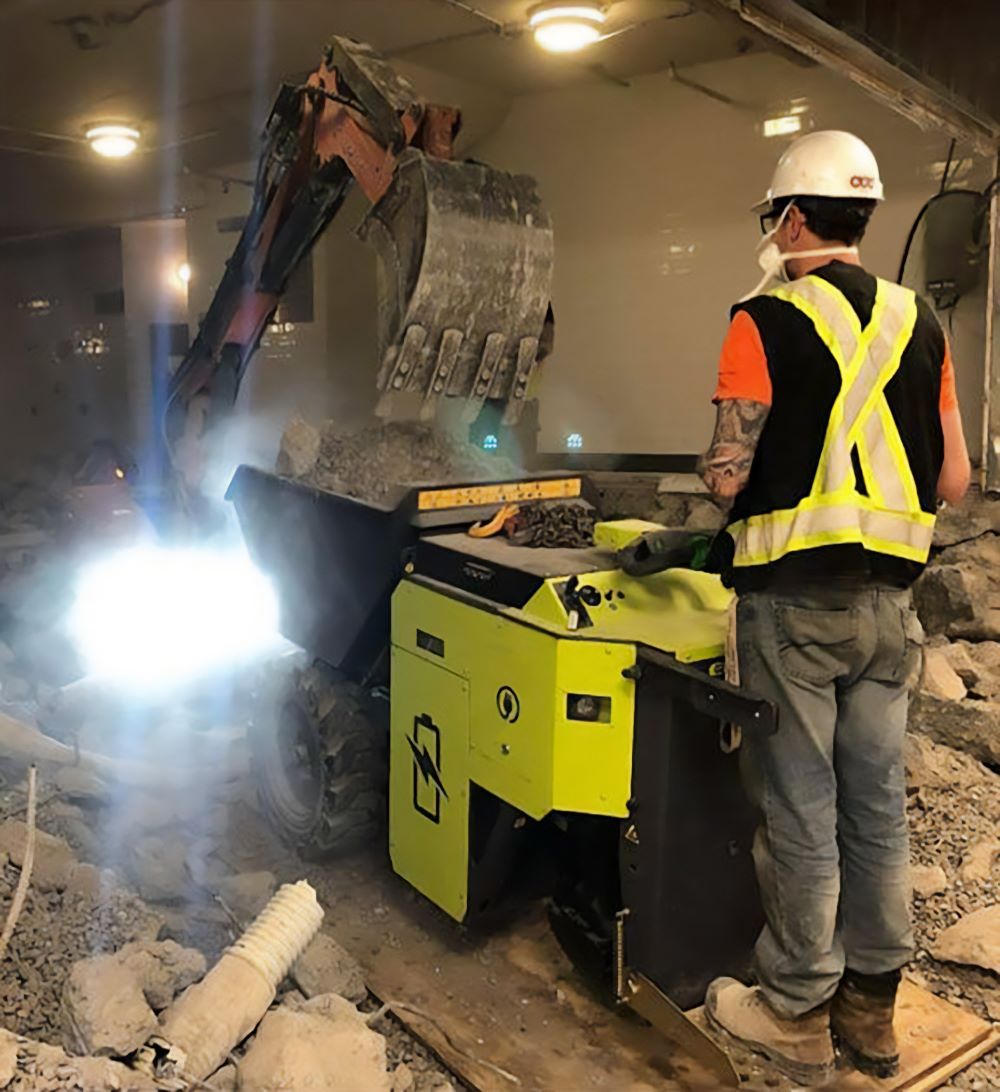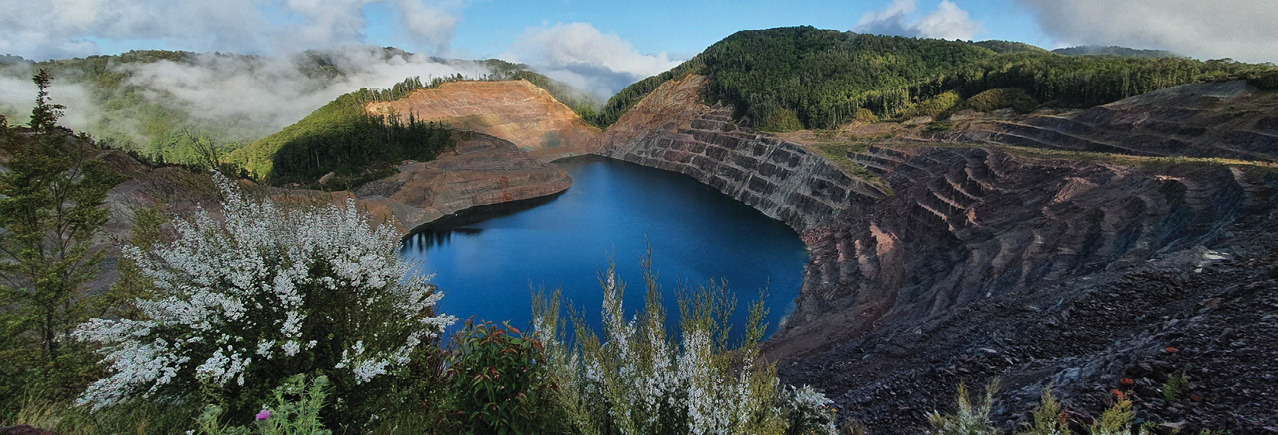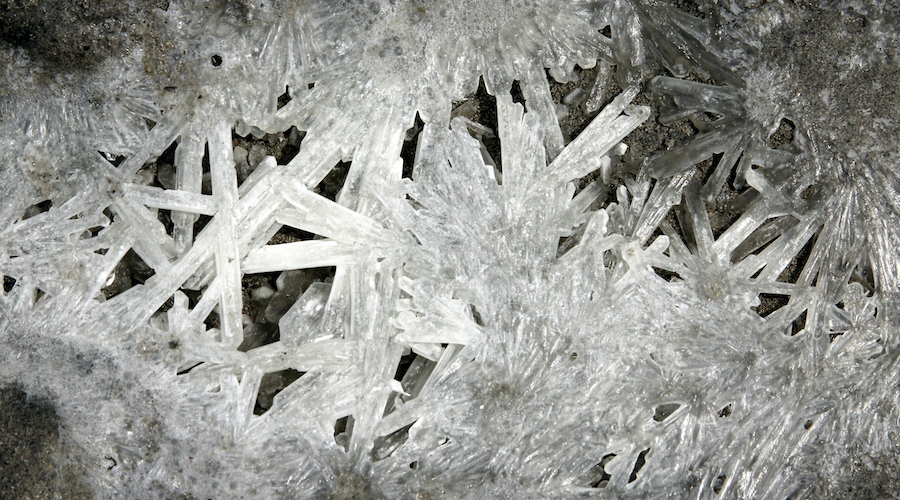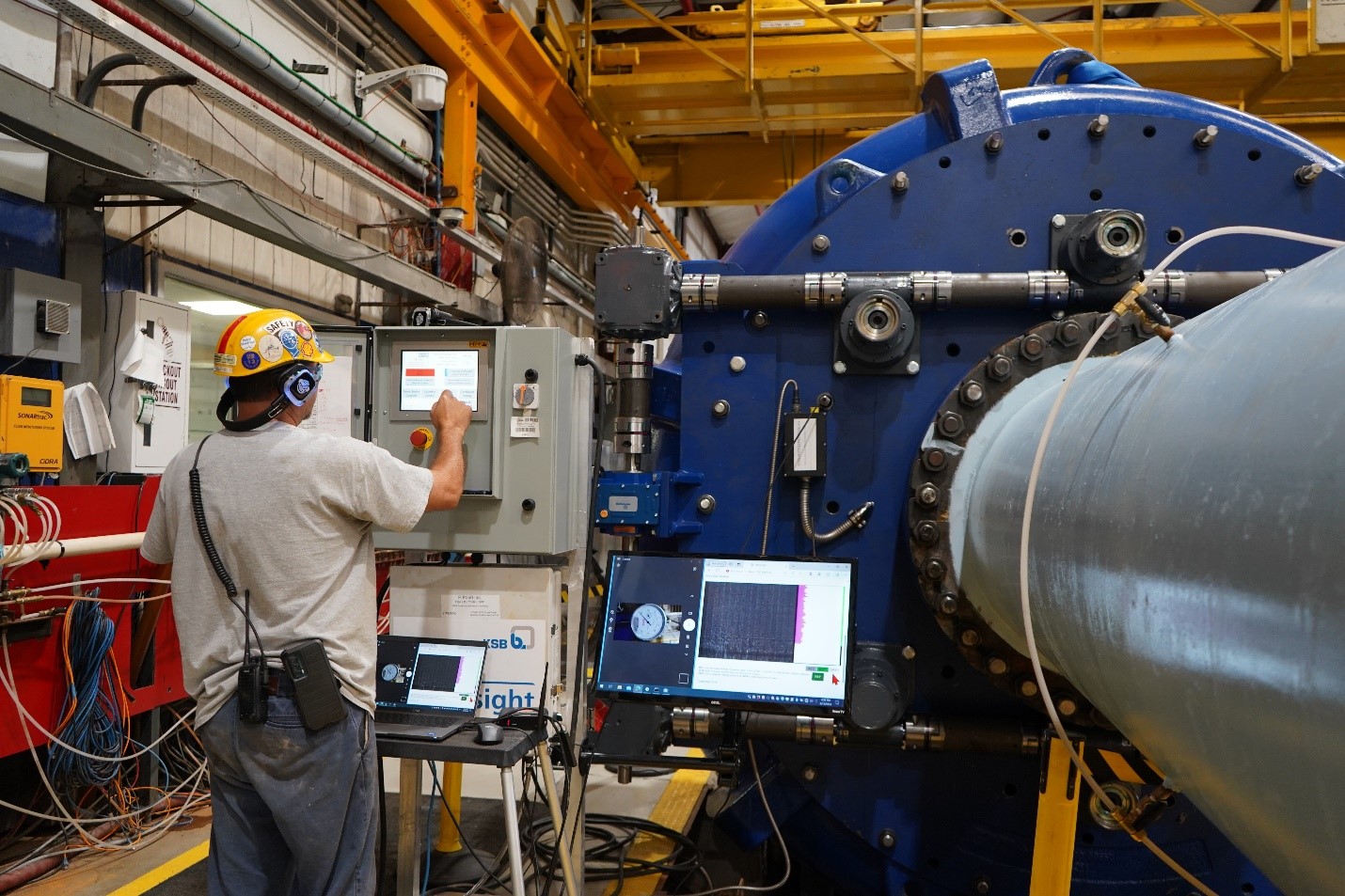Niobec unique in North America
Tucked away near the centre of Qubec is the Niobec mine and plant, North America’s only ferroniobium producer. Moreover, with a 15% market share, it is the third largest in the world. Niobec’s ferroniobium production in 2002 was about 3,400 tonnes. As proof that no one at Niobec is sitting on their laurels, consider that productivity was up 10% and resource estimates grew by 23% in 2002.
The deposit was discovered by Soquem (la Socit qubcoise d’exploration minire) using airborne radiometric and magnetic surveys in 1967 while it was conducting a search for uranium. The agency was encouraged to follow up, eventually drilling a rare earth occurrence. Two niobium-bearing zones lying in the southern part of an oval-shaped carbonatite complex were outlined.
Soquem formed a joint venture with a company that became part of Teck Corporation, and after two years of development, the partners obtained commercial pyrochlore (Nb2O5) production in 1976. Mill capacity was boosted to 2,260 tonnes/day in 1979, and it rose again last year to 3,400 tonnes of ore per day.
Niobec is now a 50:50 joint venture between Cambior Inc. of Montreal, and Mazarin Inc. of Ste-Foy, near Quebec City. The project employs 220 people. Mazarin, which is the operator, bought out Teck’s interest in March 2001 for $49.24 million, with $42.24 million paid on closing and the remainder ($5 million) due in March 2004. Cambior obtained its half-interest from Soquem in 1986.
The Niobec mine is located in St-Honor, 15 km from Chicoutimi. The four-compartment shaft was sunk to 550 metres in 1999. The mine is developed for sub-level open stoping, with trackless haulage on the 600, 1000 and 1450 levels. The crusher is installed on the 1600 level, and ore is hoisted in a pair of 7-tonne skips to the surface.
The Niobec mine earned its ISO 14001 certification for environmental management last year. Cambior lauds the achievement as an improvement in production management processes and as in keeping with the philosophy of excellence practised by the mine employees. Niobec has been certified ISO 9002 since 1994.
Last year the mill treated an average of 3,460 tonnes of ore daily. From a head grade of 0.68% Nb2O5, a concentrate grading 58% Nb2O5 is produced. The main processes are crushing, rod and ball mill grinding, desliming, flotation, magnetic separation, leaching, filtering and drying.
The final step is conversion from pyrochlore concentrate to ferroniobium using a unique process developed at Niobec. Dried concentrates are mixed with iron, aluminum, sodium nitrate, lime and fine recycled materials. This creates a self-generating reaction that reaches about 2,400C and melts all the charge components. Ferroniobium (66% Nb) is created by the reductive action between aluminum powder and the rest of the charge. After the slag is skimmed into ladles, a button of ferroniobium remains in the converter. The product is cooled, cleaned, crushed, screened, packaged and shipped to meet individual customer requests.
The mill produced niobium concentrate from 1976 to 1994. The next year the project began producing ferroniobium. It is sold to markets in North America, Europe and Asia.
Ferroniobium is added to steel as a micro-alloy element to improve is mechanical properties and corrosion resistance. The market for ferroniobium has been growing at about 7% for a few years.
Growing the resource
After almost a quarter century, resources at Niobec have been greatly expanded. Estimates were increased 26% last year as the result of a drilling program, giving Niobec at least another 18 years of life. And the deposit is thought to be open at depth.
At the end of December 2002, resources in all categories totalled 23.84 million tonnes averaging 0.65% Nb2O5. According to Mazarin, a breakdown of the categories looks like so:
Category Tonnes Grade
Proven reserves 17,821,050 0.63% Nb2O5
Probable reserves 6,489,105 0.70% Nb2O5
Total reserves 23,836,267 0.65% Nb2O5
Estim. resources 2,147,098 0.63% Nb2O5
Such consistent grade is noteworthy. So is the fact that over 90% of the reserves lie above the 1450 level and can be recovered using the existing underground infrastructure.
With reserves secured and a growing demand for ferroniobium, Niobec looks to be an important part of the provincial economy for many years to come.





Comments